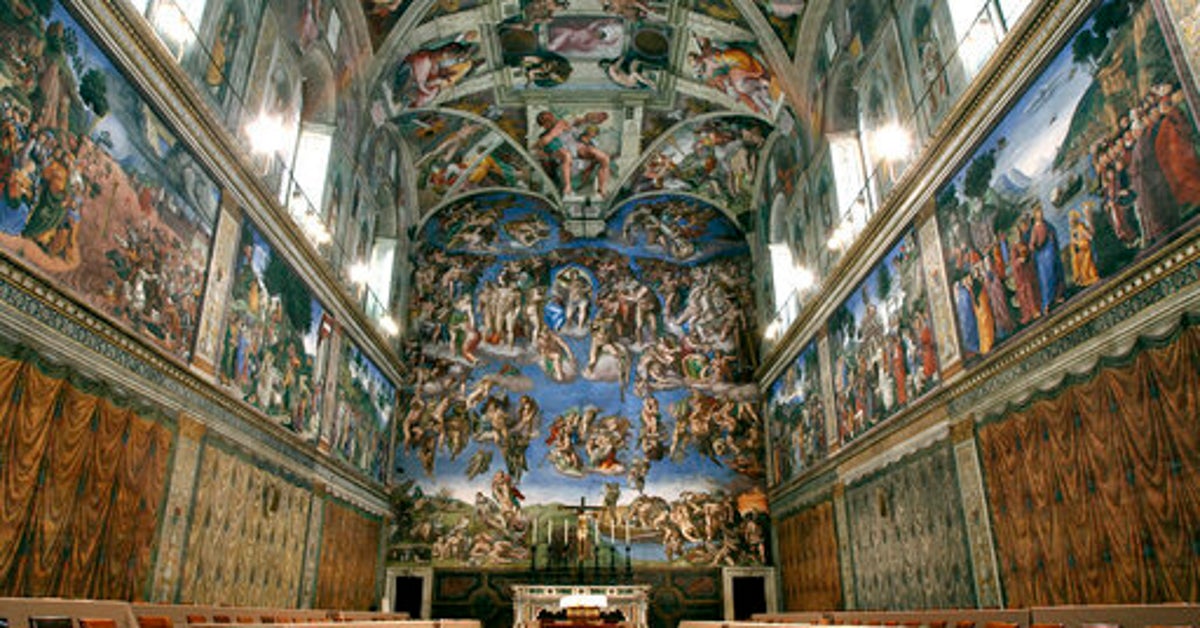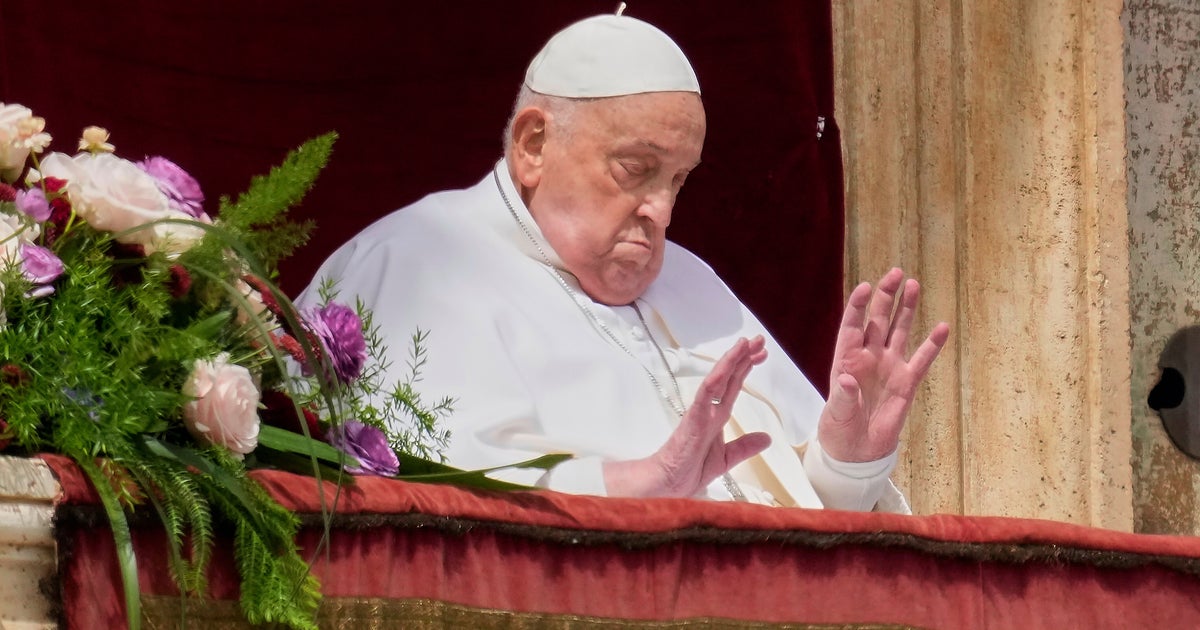Now Reading: Here’s What Happens After A Pope Dies
-
01
Here’s What Happens After A Pope Dies
Here’s What Happens After A Pope Dies

In Vatican City, the process following the death of a pope involves a time-honored ritual of cardinals taking sacred oaths to elect a new leader for the world’s 1.3 billion Catholics. This includes procedures such as burning ballots to produce white or black smoke to announce the outcome. The conclave, where the voting takes place, is kept secretive with cardinals forbidden from sharing details with the outside world.
When a pope passes away, the camerlengo assumes temporary administrative responsibilities until a new pope is elected. Various Vatican officials retain their positions during the interregnum, while the College of Cardinals’ dean organizes the funeral and the subsequent conclave. The election process is governed by strict rules, limiting the electors to cardinals under 80 years of age, with only candidates selected from among them.
The voting process involves multiple rounds of balloting in the Sistine Chapel, with the cardinals casting their votes on paper ballots. If no candidate receives the required two-thirds majority, the ballots are burned with specific chemical cartridges to produce either black or white smoke to signal the results. The newly elected pope is revealed to the public with the traditional announcement, “Habemus Papam!”
The procedures surrounding a papal election have been subject to revisions over the years, ensuring the integrity and secrecy of the conclave. The process culminates in the unveiling of the new pope to the world, marking the beginning of a new pontificate.



